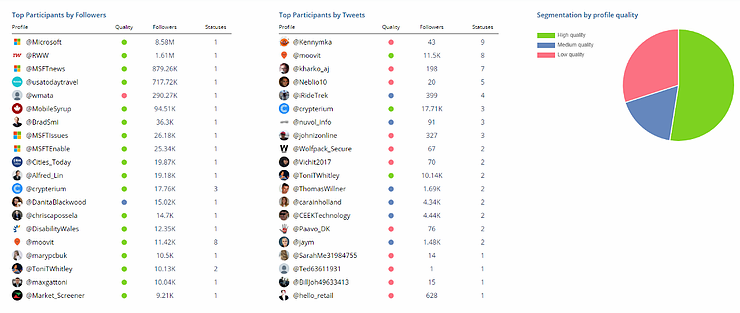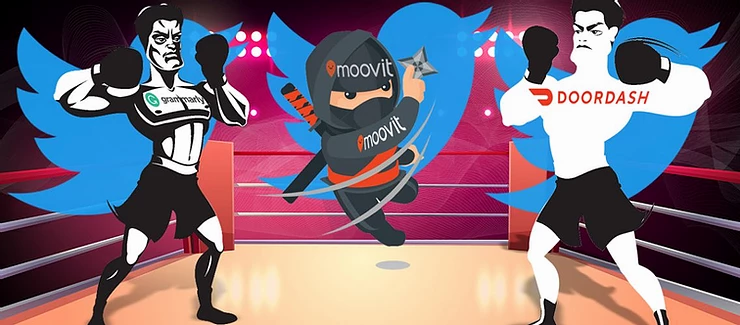Grammarly: Irritating Ads and an Unleveraged Share Button
If you’ve never heard of Grammarly, you’ve probably never been on YouTube… A quick look at the Grammarly stream on Affogata immediately shows that Grammarly ads are a prominent topic when looking at tweets mentioning the brand.
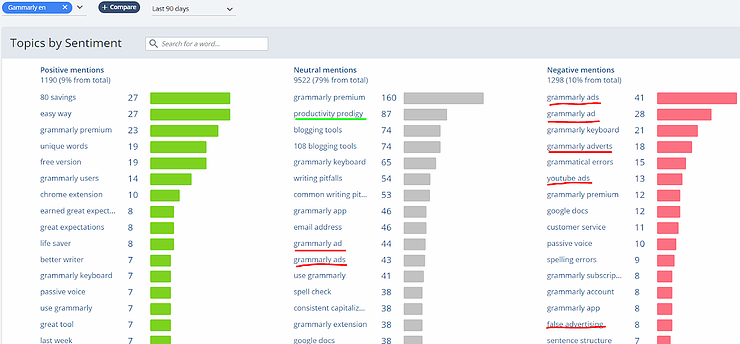
Clicking on any of the sub-streams related to specific keywords, for example, “Grammarly ads” in the negative sentiment section, immediately shows that the most irritating factor about Grammarly ads are their frequency on YouTube videos:
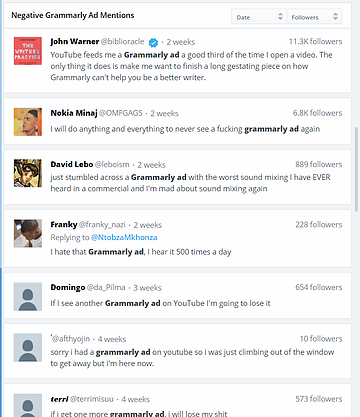
Now, without access to Grammarly’s conversion rates and sales numbers from their YouTube campaigns, it is difficult to evaluate the actual effect of overexposure on sales. Yet, in light of the high proportion of tweets reporting that “fed up” effect in the negative sentiment section, it could be surmised that Grammarly might want to try modifying its campaign and save advertising money to increase sales. Perhaps even touch on the annoyance in the ads themselves in a tongue-in-cheek way, showing some brand self-awareness. Or, it simply means that Grammarly is so good that their ads are the only side of them worth complaining about.In any case, even when looking at positive responses, seeing a trend in a stream is conducive to creative thinking. Let’s have a look at the ““productivity prodigy”” (underlined in green in the dashboard figure above) sub-stream.
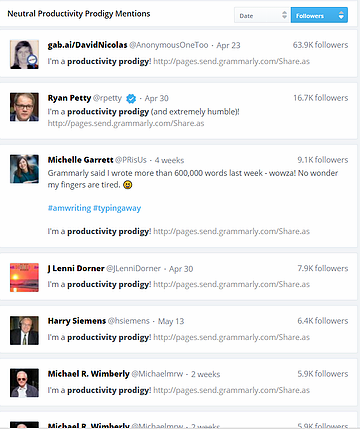
Tweeps with thousands of followers are sharing the acknowledgement they received from Grammarly via email. Yet, the sharing button embedded in the email only shows a link in the resulting tweet – not a great use of the medium.
People love bragging about their success. Including the snapshot of the graphic included in the email, or a similar one designed to maximize the visual impact on Twitter, would have a much stronger impact than a bare link. Especially when that link is the URL of a snapshot of the email with no CTA accessible to the viewer landing on that snapshot from the tweet.
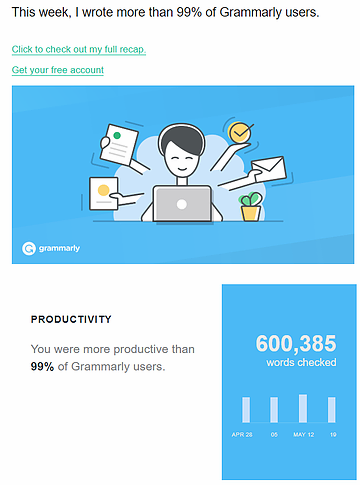
This kind of insights, resulting from the ability to identify trends and access them easily, can ultimately lead to massive savings in reducing paid advertising expenses, focusing them more accurately, or simply leveraging existing assets in new ways to generate free exposure to thousands of viewers with minimal efforts and costs
Doordash: The ongoing flat negative trend
Launched in 2013, Doordash is an on-demand food-delivery service. Now valued at over $6 billion, it raised an additional $400 million last February. At first glance, it does not look good, as negative sentiments, shown in pink below, consistently dominate the stream.

There seems to be an ongoing problem, immediately identifiable when glancing at the “Topic by sentiment” section.Users are unhappy with the customer service despite the numerous tweets from @Doordash_Help – the overwhelming majority of the top neutral messages emanate from them, and negative sentiment dominates the mentions of Doordash on Twitter.

Without a powerful AI tool, an ongoing dominating trend of tweets conveying negative sentiments about your brand can easily be missed, and therefore not addressed. Once identified, further in-depth analysis can be performed with the help of the system to establish the optimal corrective strategy with real-time accurate data.
Moovit: Enabling the Disabled
After this and our previous post focused on negative trends and bot attacks, let’s end with an uplifting story about a positive trend. To that end, we picked up a company with 400M users for a free public transit mobility service. Despite its wide user base, Moovit has a relatively small presence on Twitter. There are a few notable elements that you can see at a glance.

Without digging deep, the dashboard immediately shows that there are almost no
negative tweets about Moovit. During the last month, the negative line is virtually flatlining.The Twitter traffic seems generally stable, except for a sudden peak at the end
of May. What could be the reason behind this peak? Checking the most shared link
section gives us an immediate answer:6 of the 10 most shared links refer to the
development of features on Moovit designed to help people with disabilities
and increase their freedom of movement.

